By Crystal Maertens
This article covers a topic that is part of Champ Software’s Expert Webinar series, in which subject matter experts present on trending or urgent public health topics. Join our mailing list here to receive expert webinar invitations.
Robin Austin, PhD, DNP, DC, RN-BC, FAMIA, FNAP, an assistant professor at the University of Minnesota School of Nursing and the director of the Center for Nursing Informatics, presented during a Champ Software Expert Webinar on using standardized terminology to document whole-person health. Dr. Austin’s research focuses on using informatics to understand patients’ whole-person health and she has over 20 years of clinical healthcare experience.
Dr. Austin also directs the Omaha System practice-based research network. With Karen A. Monsen, RN, PhD, FAMIA, FNAP, FAAN, Dr. Austin developed the MyStrengths+MyHealth app which uses Omaha System standardized terminology. The app collects individuals’, families’, and communities’ self-reported health data and identifies health strengths, challenges, and needs.
What is whole-person health?
Dr. Austin began her presentation by defining some terms, starting with “whole-person health.”
According to the National Center for Complementary and Integrative Health, whole-person health “involves looking at the whole person—not just separate organs or body systems—and considering multiple factors that promote either health or disease. It means helping and empowering individuals, families, communities, and populations to improve their health in multiple interconnected biological, behavioral, social, and environmental areas. Instead of treating a specific disease, whole-person health focuses on restoring health, promoting resilience, and preventing diseases across a lifespan.”
Whole-person health takes into account a person’s environment, both the physical and psychosocial aspects, as well as a person’s health-related behaviors.
If you’re familiar with the idea of social determinants of health, you won’t find this surprising. The World Health Organization defines social determinants of health as, “the non-medical factors that influence health outcomes. They are the conditions in which people are born, grow, work, live, and age, and the wider set of forces and systems shaping the conditions of daily life.”
Whole-person health looks at an individual’s, family’s, or community’s health needs, the social determinants of health, as well as strengths and resilience.
How do strengths and resilience impact whole-person health?
Dr. Austin defined the terms “strengths” and “resilience” as they relate to whole-person health. According to Dr. Austin, strengths and resilience are defined as assets and skills or abilities of individuals, families, or communities to maintain and improve their well-being in the face of short and long-term stressors.
In the US specifically, Dr. Austin shares, complexity and fragmentation of care is well known, which means gaps in care are inevitable. Shifting the perspective from a focus on the deficits to a focus on strengths and resiliency, allows caregivers to begin to think about what can be drawn from or leveraged to address the deficits.
This shift in perspective, or reframing of care and services, Dr. Austin argues, can begin to shift the healthcare system.
Why use a whole-person health approach?
Because of the complexity and fragmentation of care that exists, wellness depends on whole-person care and looking at the social determinants of health as well as the strengths and resilience. There is a need to understand the context in which people live.
Whole-person health goes beyond disease-specific intervention. A person’s zip code, neighborhood, workplace, safety, transportation, access to food, security, and housing all impact their health. All of this data lives outside the healthcare system. A person-centered approach takes into account the disease specifics but also considers the impact of the social determinants of health.
Building on that, whole-person health then looks past the deficits and looks at strengths and resilience and considers how they can be leveraged to address health care challenges and needs and improve overall wellness.
How Can Standardized Terminology Help Document a Whole-Person Health Approach?
A critical challenge in using a whole-person health approach is accessing the data needed. Within the healthcare system, medical data such as use of care, medications, a person’s zip code, medical illness, and health conditions can be documented.
However, there is significant data that lives outside the healthcare system. Examples include housing, transportation, health behaviors, neighborhood safety, and food security or access to food.
The challenge is in finding a way to move that data from one system to another so that caregivers have the ability to look at someone from a whole-person perspective. Dr. Austin took this challenge head on.
Developing the MyStrengths+MyHealth app
Dr. Austin shared that she and Dr. Karen Monsen began to develop an application in 2017 called MyStrengths+MyHealth. This app is meant to “enable consumers or patients to self-report their strengths, their health challenges, and their needs,” said Dr. Austin. This is also where standardized terminology came into play. Drs. Austin and Monsen based the app on the Omaha System’s standardized terminology. “We used the Omaha System as our framework to really devise and create what we’re calling the simplified Omaha System terms,’” said Dr. Austin. The app is easy to use on a phone, tablet, or computer and is web-based.
Utilizing the Omaha System Standardized Terminology
The Omaha System website defines this standardized terminology as a “research-based, comprehensive practice and documentation standardized taxonomy designed to describe client care. The Omaha System… includes an assessment component (the Problem Classification Scheme), a care plan/services component (the Intervention Scheme), and an evaluation component (the Problem Rating Scale for Outcomes).”
The Omaha System’s assessment component, or “Problem Classification Scheme,” has 42 health concepts that are centered around four domains of health: environmental, psychosocial, physiological, and health-related behaviors. “We really had that structure in mind when we were thinking about, ‘How can we then create a consumer-facing tool for our individuals to self-report their whole-person health needs as well as strengths?’” said Dr. Austin.
Mapping Consumer-Friendly Language to Standardized Terminology
MyStrengths+MyHealth uses the Omaha System’s four domains of health, but renames them:
- The environmental domain is renamed “My Living.”
- The psychosocial domain is renamed “My Mind and Networks.”
- The physiological domain is renamed “My Body.”
- The health-related behaviors domain is renamed, “My Self Care”
These and other terminology changes from the Omaha System were made based on community feedback, a desire to make a product designed for the consumer and to ensure the app was accessible at multiple reading levels.
For instance, looking at the “Healthcare” option under the “My Self Care” domain, the app asks the individual, “How do you rate your health care?” The individual can then respond using a 5-point rating scale of very good, good, okay, bad, or very bad. When looking at this data on the back end, a healthcare provider would see a rating of “good” or “very good” listed as a strength for that individual.
In the next step, the app would ask the individual, “Do any of these challenges apply to you?” listing challenges such as, “get healthcare only when I am sick,” and, “hard to return for follow up care.” Each of the several options presented to the individual maps to one of the 42 health concepts in the “Problem Classification Scheme” of the Omaha System terminology.
Then, the app asks the individual to please select your needs for health care,” giving options such as check-ins,” “Info/Guidance,” “Care Coordination,” etc. Each of these selections maps to the Omaha System “Intervention Scheme,” but uses simplified language (for example, the Omaha System “Case Management” term becomesCare Coordination”).
Data Collection and Informatics
Each individual who completes the MyStrengths+MyHealth questionnaire is asked about their strengths, challenges, and needs in all 42 areas of the Omaha System Problem Classification Scheme.
At the end of the MyStrengths+MyHealth app, individuals can see an individual report, broken down by domain. They can also see, within each domain, where their strengths, challenges, and needs lie.
Caregivers can see these results at both the individual level and, on a broader scale, at the population level. The app also collects and ranks strengths and challenges over time and allows caregivers to look at that data for specific concepts. This gives caregivers the ability to understand areas that may be changing more dramatically over time versus only seeing a one-point assessment.
Are There Any Real-World Examples of Using Standardized Terminology to Document Whole-Person Health?
Dr. Austin shared two exemplars within Minneapolis communities. Data was collected in communities using the MyStrengths+MyHealth app. Data analysis was completed by faculty from the University of Minnesota School of Nursing, with the involvement of Doctor of Nursing Practice and nursing informatics students. To disseminate the results, community meetings were held via Zoom and Facebook live. The idea was to engage the community in a conversation and to make the data actionable.
Exemplar 1
Project Goal
The first project or exemplar was focused on COVID-19 and opioids and was conducted in 2020. It was done in partnership with the Hue-MAN Partnership, the city of Minneapolis, and the University of Minnesota. At the time the project was completed, it was early in the COVID-19 pandemic, vaccines were not yet available, and social distancing was still in effect.
The Hue-Man Partnership received funding from the city of Minneapolis to assess the effect of COVID-19 on the community’s needs and the impact of the opioid epidemic. Due to the pandemic, several treatment centers were closing. The dual impact of COVID-19 and opioids was often called a twin epidemic.”
Choosing What Data to Collect
Prior to starting the project, conversations were held with community leaders about what concepts would be most meaningful or impactful to collect data on. Thirteen areas of focus were chosen from among the 42 options in the Omaha System Problem Classification Scheme, presenting each of the four domains of health.
Choosing the Data Pool
When choosing a pool to collect data from, the focus was on Minneapolis zip codes, but there were some respondents who completed the analysis outside of Minneapolis zip codes, which allowed for some deeper analysis. There were about 283 responses from 46 Minneapolis area zip codes (71% of the responses were from 10 zip codes), 264 responses from 131 other zip codes (from New York to California), and 29 responses with no zip codes. There were a total of 577 completed responses. The demographic specifics were:
- 68.4% Between 25 and 44 years of age
- 54% Male
- 23.1% Black/African American
- 24.3% Hispanic/Latinx
- 66.8% Married
- 95% Completed by self
The Results
When the data was collected, the strengths, challenges, and needs of the entire population could be viewed across all thirteen concepts. There were a lot of strengths in the home, faith communities, and relationships. There were also challenges noted related to pain and sleeping, as well as grief or loss.
Overall, respondents had an average of 6.9 strengths. Interestingly, respondents in Minneapolis zip codes had significantly more strengths than other zip codes. Respondents had an average of 16.8 challenges. Respondents from Minneapolis zip codes had significantly fewer challenges than respondents from other zip codes. Respondents had an average of about 5.8 needs and no differences in overall needs were noted between respondents from Minneapolis zip codes versus other zip codes. Care coordination was the most frequently requested category under needs.
Exemplar 2
Project Goal
The second exemplar is a project conducted about a year later in the fall of 2021. The goal was to collect data on whole-person health and resilience. There were many communities interested in the type of community data that could be collected, the idea of the data being given back to the community, and in the whole-person health perspective. Several partners, including the Hue-MAN Partnership, the city of Minneapolis, the Hawthorne Neighborhood Council, and many others participated in this project.
Choosing What Data to Collect
In this project, all 42 concepts from all four domains of health in the Omaha System Problem Classification Scheme were chosen to collect data on. This offered a much more robust analysis of the respondents.
The Data Pool
There were a total of 393 completed responses for this second project. The demographic specifics were:
- 80.4% Between 25 and 44 years of age
- 53.4% Female
- 76.6% Caucasian
- 70.0% Married
- 79.1% Non-Hispanic/Non-Latinx
The Results
It’s common for wants and needs to mirror each other. As the strengths begin to decrease, an uptick is seen in challenges and needs. This correlation has been borne out in results from other projects as well.
Strengths were in speech and language, pain, breathing, and family planning. There were far fewer strengths in mental health, feeling safe at home, and income. About half the population reported challenges in exercising, which provided a potential highlight for discussion with the community.
Income was the number one need across all concepts, followed by mental health or emotions. The most common need among all concepts was requests for information and guidance.
Giving the Data Back to the Community
Several community meetings were held to give the data back to the community and start a dialogue.
The goals were:
- Show the community where strengths, challenges, and needs existed
- Begin conversations
- Ask for feedback and interpretation
- Identify actionable data
- Develop next steps in collaboration with the community
Final Thoughts
The findings from both projects allowed many community strengths to be highlighted, despite several challenges and needs. This created an opportunity to address policy and programming and to consider how community strengths can be leveraged to address challenges and needs.
The benefits of using standardized terminology to collect whole-person health data include:
- Actionable data
- The opportunity to develop meaningful interventions
- The ability to bring important data to community members, decision-makers, and researchers
- The opportunity to influence policy and programming for positive change
- The chance to positively impact health for the individual, the family, and the community
Ultimately, though, the goal is to look at how this data can be taken out of the community and into the clinical setting. “The whole-person health perspective will be hidden until we invite individuals and communities to reveal it,” said Dr. Austin.
The MyStrengths+MyHealth application is free for clinical or research use.


